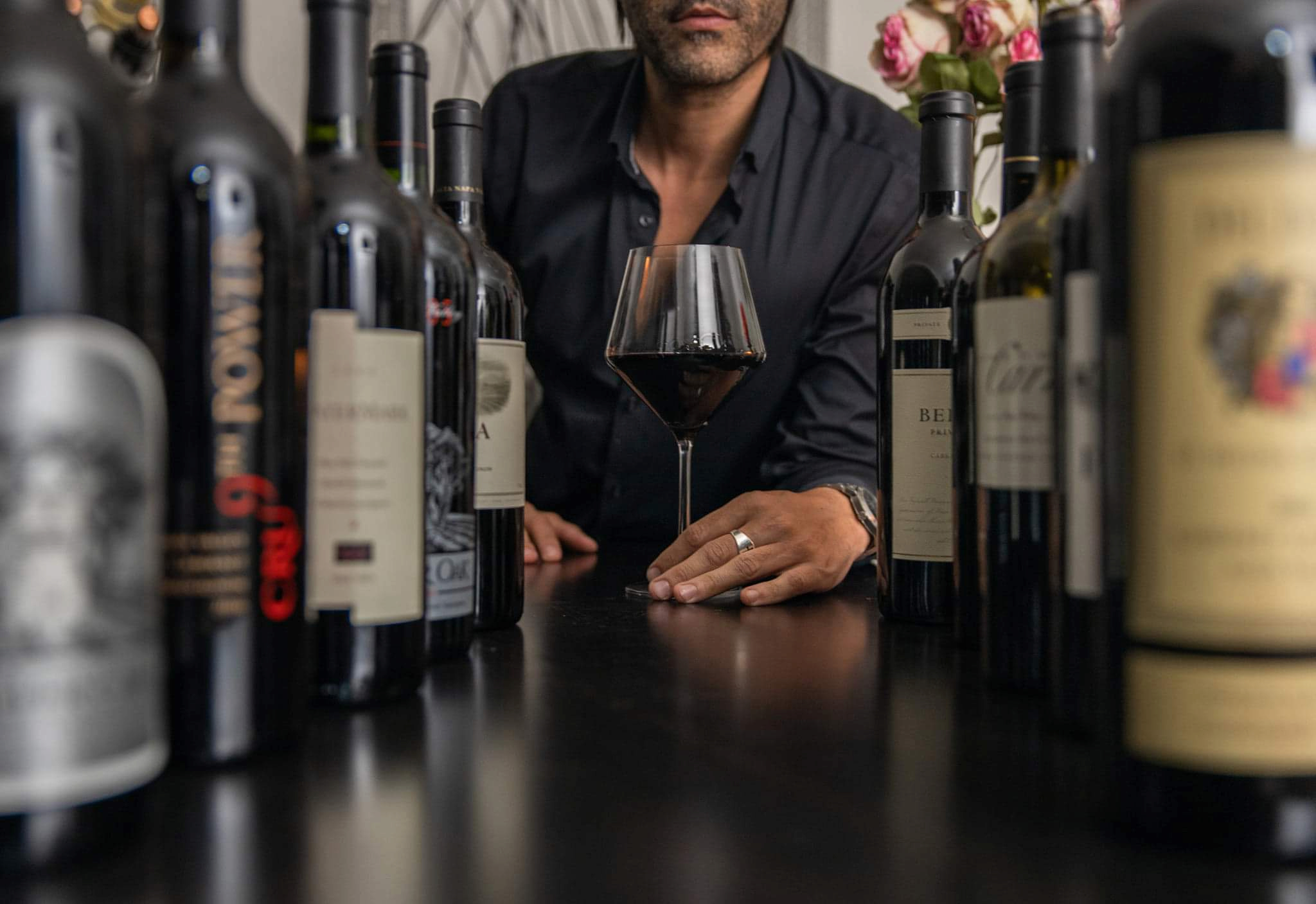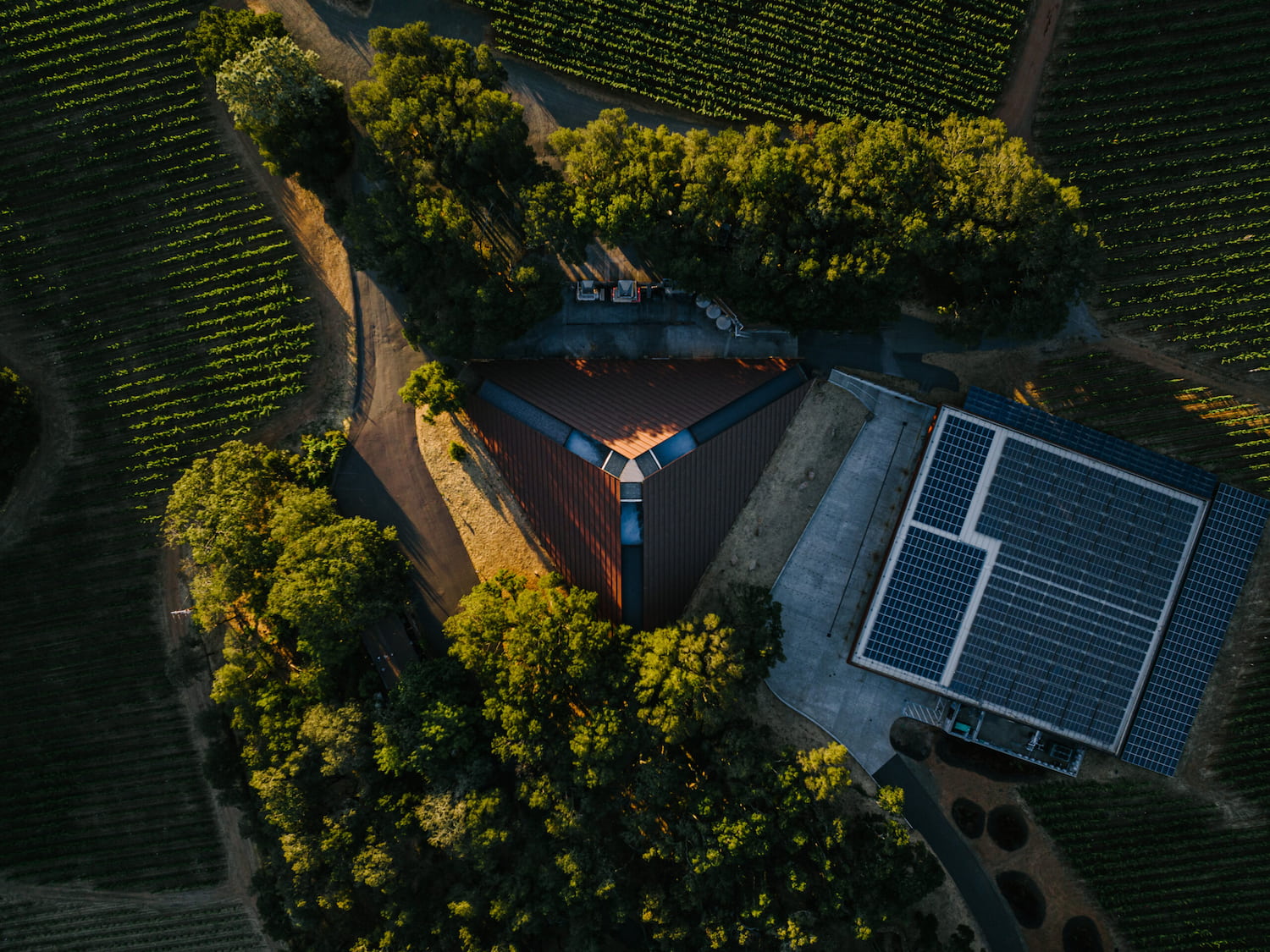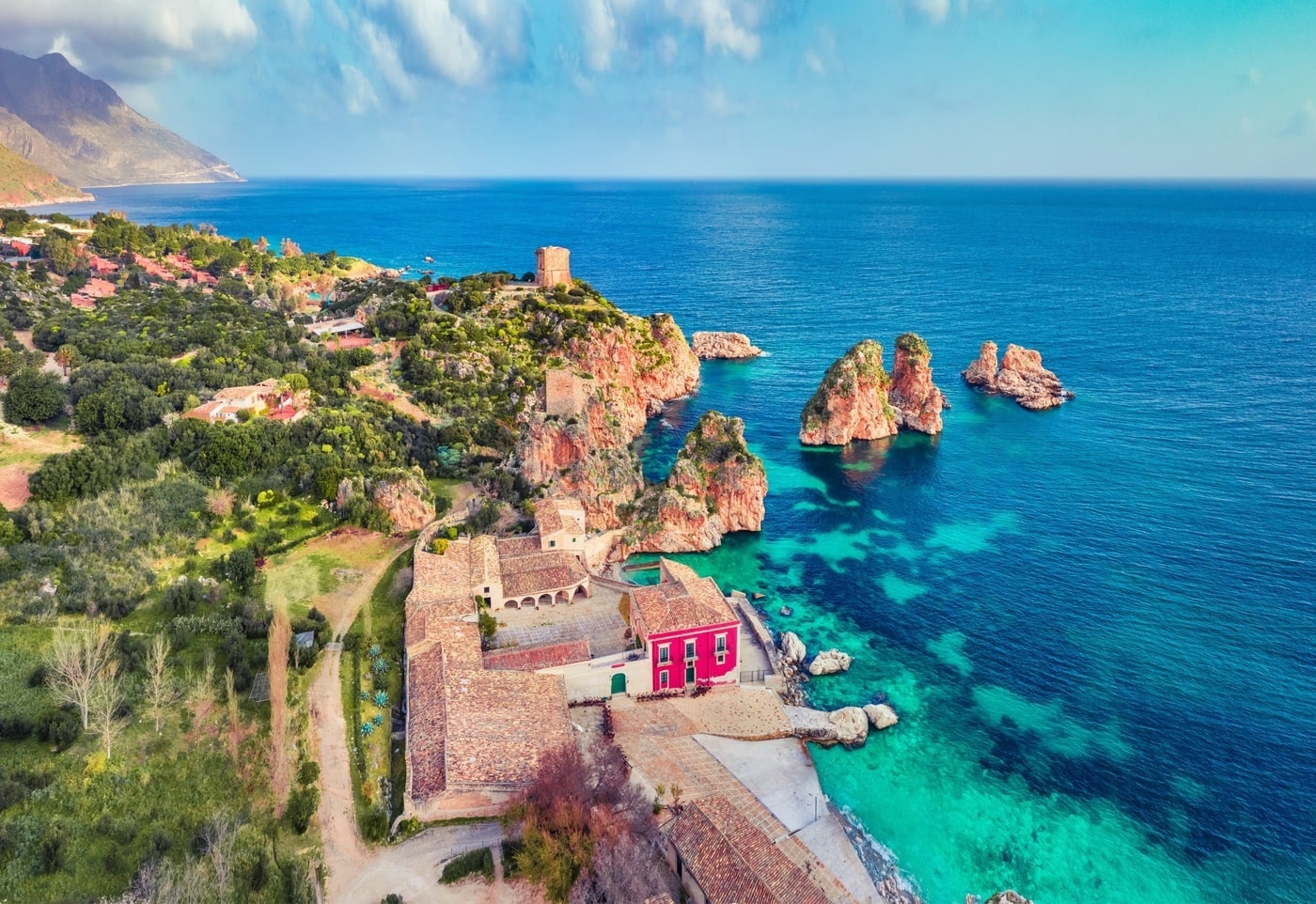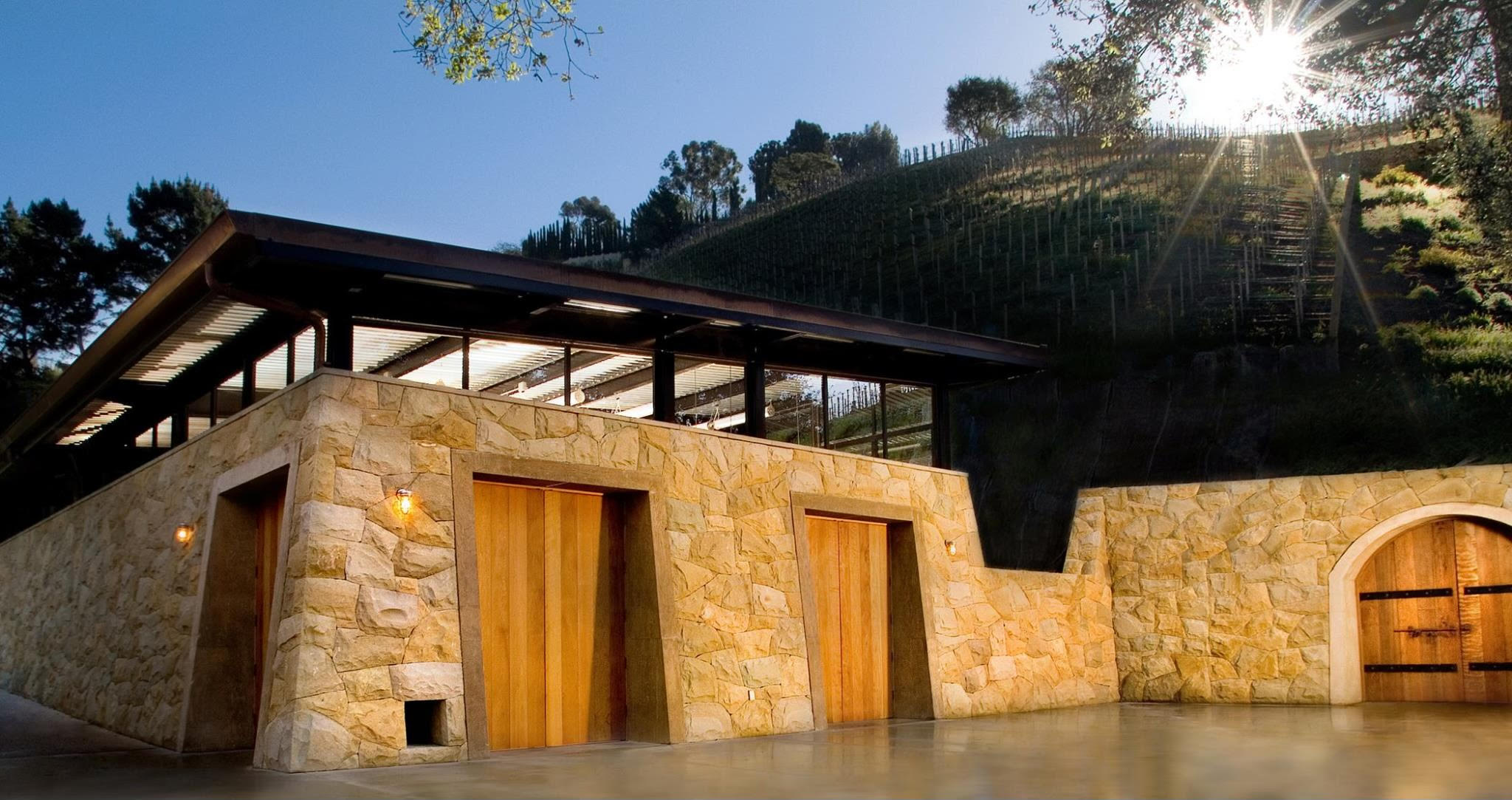Ask anyone which of the senses is most titillated when enjoying a fine wine, and most will mention taste first, of course. Smell will also rank highly; in fact, serious wine experts put the sense of smell ahead of taste (by a nose). That’s because great wines offer up hundreds of aromas, but just a handful of tastes in the technical sense: sweet, sour, bitter, salty, and umami. Sure, the sight of a shimmering, green-tinted white or a deep, inky-purple red or delicately pale pink rosé can whet your appetite. And the sense of touch also comes into play when swishing the wine around your mouth, connecting you to that supple, creamy texture or authoritative tannic grip.
But what of the sense of hearing? Even seasoned pros overlook the importance of sound to wine enjoyment. You might be thinking of the gentle sound of thousands of tiny bubbles bursting on the surface on a glass of bubbly, or the excitement caused by a popping cork. But it turns out that sound, and more specifically what you hear while eating or drinking, has a much more profound effect on the overall experience than most people imagine. Sound, in other words, is the forgotten flavour sense.

Russian scientist Ivan Pavlov made dogs salivate in response to a ringing bell signalling the arrival of food. Sound can set the mood and expectations. It affects behaviour; and it’s not just music. Think of the grinding, whirring, gurgling sounds of an expresso machine preparing that perfect macchiato, or the unmistakeable ding of a microwave. How off-putting would it be to hear that in a fine dining restaurant? Smart restaurateurs sculpt the soundscape of their dining rooms because they know sound can be “diagnostic”; it provides important clues about the tasting experience to come. Ambient sounds pre-dispose you to be positive or negative to the experience.
And sound can also actually modify the tasting experience while it’s happening, changing what you perceive through the other senses. This is called synesthesia, when sensory information expected to stimulate one sense takes the others for a ride as well. Some people, called synesthetes, can “see” music as colors, and “taste” textures like “round” or “astringent” when they drink wine. But you don’t have to be a synesthete to taste what they experience.
In 2008, researchers at Oxford University showed how changing the sound of the crunch of a potato chip altered people’s impression of how crunchy and fresh it was. Just by boosting the high-frequency sound when subjects bit into a Pringles chip, researchers found they were rated as much as 15% fresher and crunchier then when eaten without the sonic boost. The chips were all the same, but changing the sound they made increased their appeal (I’m sure Pringles was listening).
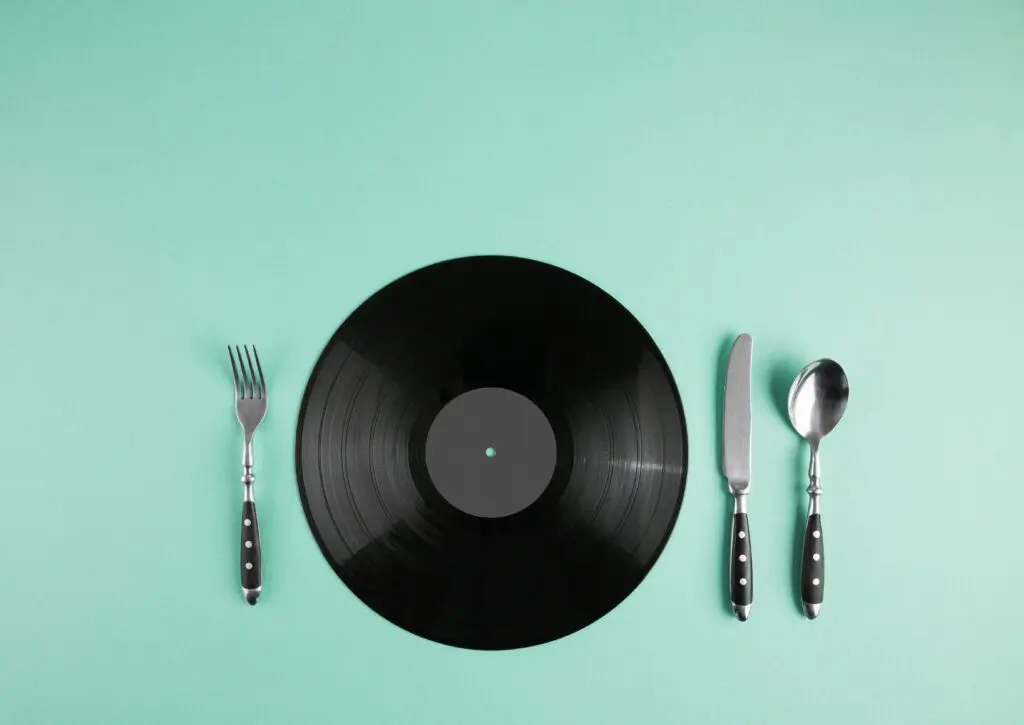
Chef Heston Blumenthal of the Fat Duck in England used sound to create his most famous dish, “Sounds of the Sea”. Blumenthal served a dish of sashimi, tapioca ‘sand’ and sea foam with a conch shell containing an iPod, so that guests could savor the sound of waves crashing and seagulls flying overhead as they ate. It clearly worked; The Fat Duck has been named the World’s Best Restaurant and has three Michelin stars). UK consultancy Sensory Experience describes how the sound, “brings back memories of being by the seaside, being relaxed, the sea-spray in the air. Maybe buying freshly caught fish off the boat. The strong sensory memories cross the threshold of consciousness and enhance perception, making the fish taste fresher, the experience more emotional”.
This “cross modal illusion”, when one sense affects the perception of another, can open up a whole new level of wine enjoyment. You just need to play the right soundtrack.
Several experiments, like the one conducted by Kiwi wine writer and sound artist, Jo Burzynska, have shown that what people perceived as harmonious combinations of wine and sound (as well as the clashes), were almost universal. “A piece of poppy bossa nova enhanced the aromatics and fresh fruity character of a Marlborough Sauvignon Blanc”, she writes, “while a heavy rock track played with the same wine subdued both its bouquet and fruit and made its acid feel hard.”
In Burzynska’s experience, changes in wine perception with and without music were as statistically significant as the crunch of a Pringle: “music shifted the perception of the wine in the direction of the mood expressed by the music by an average of 37.25%”, Burzynska concluded. “The specific taste of the wine was influenced in a manner consistent with the mood evoked by the music”.
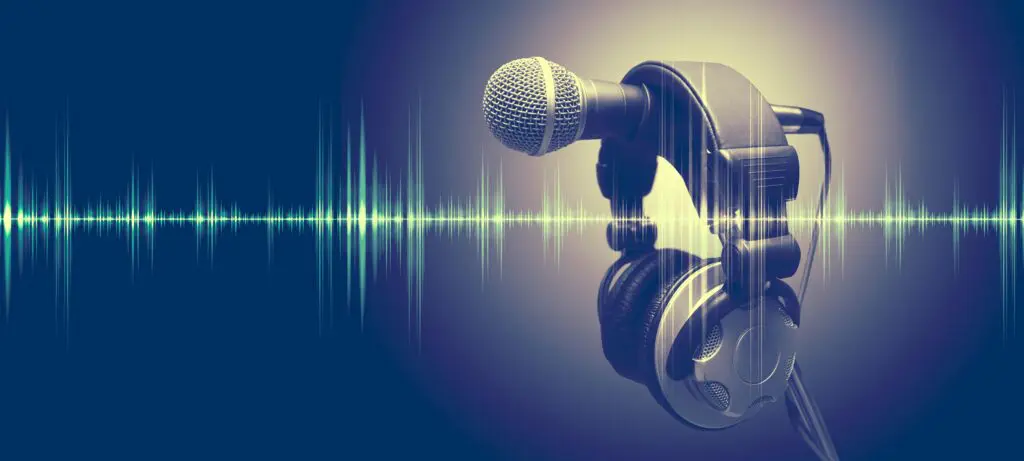
Both music and wine evoke similar moods, like the lift you get from a light, fruit-driven, crunchy wine like Muscadet or Vinho Verde and an upbeat melody, or the more introspective experience of a full-bodied brooding red like Napa cabernet or Amarone and a dark piece of music in a minor key.
Clark Smith, a Californian winemaker and wine technologist has developed his own theories on music and wine matching using panels to sample hundreds of different wines and songs. “When wine and music have the same intrinsic mood, they complement each other. In particular, wines taste smoother, whereas, when it’s a mismatch, they can taste harsh and astringent”, Clarke writes.
The perfect symphonic parings will always be personal, but it’s helpful to get a guiding hand. So, what goes with what? We’ve already seen that upbeat bossa nova boosts vibrant sauvignon. Matching wine and sound comes pretty naturally for anyone attuned to both. “You can make pretty good guess guesses about what will work with what by learning to be as sensitive to the mood of a wine as to the mood of a piece,” Clark Continues. “Anyone can tell happy music from sad, from angry, from romantic from lustful. Wines are the same. Cabernets are angry, Pinots are romantic, rieslings cheerful. After that, it’s trial and error.”
Working in reverse, musicians, too, can create music to match wines, as Monarch has already dropped right on the site. The original music featured on Monarch’s “About” page is the aural essence of Monarch Wine, created by French composer and multi-instrumentalist Andy Favre. What mood does that music put you in. What do you think Favre had in mind when writing that piece? (For more of Favre’s incredible work, go to alpineuniverse.com, or, stay on Monarch, where he’s always on repeat.)

Another fascinating experiment supporting universal taste and sound combinations found that musicians asked to improvise pieces matching specific taste descriptors came up with astonishingly reliable and consistent musical patterns. Bitter improvs, for example, were unfailingly low pitched and legato (no interruptions between notes, salty pieces were staccato (notes sharply detached from one-another), while sour was high-pitched and dissonant, and sweet was consonant, slow and soft (just like a sweet, creamy wine). The mood, tempo and pitch of the music can also be matched with different components of the wine, aromas and flavours, as well as structural elements such as acid, sweetness and tannins. In cross-modal enjoyment, there are no limits!
It’s no coincidence that such similar words are used to describe both music and wine. Crossover vocabulary includes words like harmony and resonance, bitter and sweet. And both sound and taste are powerful triggers of memory; aromas or flavours possess the power to take us back to our most intense memories. Wine tasting stimulates the same processing areas of the brain as listening to music, with both wine and music activating, unsurprisingly, the pleasure centres of the brain.
So, when you next reach for a bottle of wine and consider what temperature to serve it at and with which food and friends, spare a thought for the forgotten flavour sense. Tuning that background music to the wine may just turn good into sublime.
Master Sommelier John Szabo was the first Canadian to add the “MS” after his name in 2004, and he holds the WSET Diploma with honours. He is a partner and principal critic for WineAlign.com, and buyer for the WineAlign Exchange wine club, as well as columnist and consultant at CellArt.com, and feature writer for Modalina and MarQuee magazines. John is co-host of the podcast Wine Thieves, host of the IGTV series 5 to 7 Winedown, and freelances widely for international publications. His latest book, Volcanic Wines: Salt, Grit and Power, earned critical acclaim including the André Simon award for best drinks book. On the consulting side, John builds wine programs across Canada, and is currently sourcing wines for Accor/Fairmont/Sofitel Hotels in Québec.






